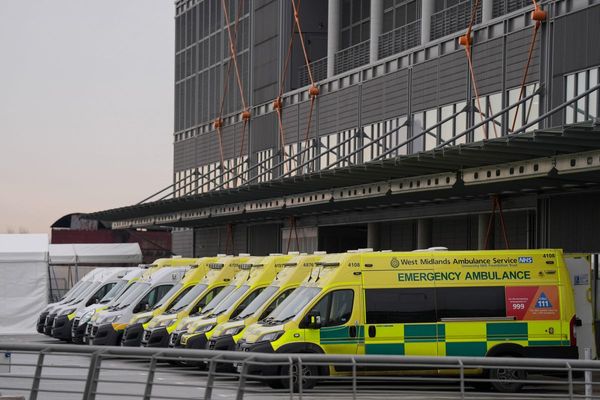In medicine as elsewhere in life, if you ask the wrong question, you’re likely to get the wrong answer. So if the question is, “Do masks worn outside medical settings work to protect against COVID-19 and respiratory diseases?” — or its politically charged companion, “Do you believe in masks?” — don’t be surprised if the answers you receive are simplistic or wrong.
A perfect example was the recent publication of an analysis by the respected Cochrane Library, an organization that collates and reports the results of scientific studies. It examined a series of randomized controlled trials published in the scientific literature that asked whether surgical masks, N95 masks or P2 respirators prevented the transmission of respiratory viruses. The overarching consensus was that wearing a mask in ordinary public places “probably makes little or no difference” in an individual’s risk of acquiring influenza or COVID-19.
The response by the news media and scientific community was predictable. Masking skeptics pounced, interpreting this to mean that masks are worthless, thus ignoring the words “probably” and “little or no difference” that leave open the possibility of benefit at the margins or in high-risk settings, which can exert a dramatic effect in a large population. Meanwhile, masking defenders mounted a vigorous takedown of the report and an impassioned defense of masks as essential.
There are limitations to the Cochrane report, but it cannot be dismissed. It suggests that studies promoted by the Centers for Disease Control and Prevention and the World Health Organization early in the pandemic that cited high degrees of mask effectiveness were overstated. According to one study, the chances of acquiring COVID-19 were reduced by nearly 80% by wearing a mask. An effect this significant could have shown up — but didn’t — in the Cochrane compendium.
This is not proof that masks are not effective, but it does strengthen the argument that the effect of masks is limited. (The young person you may have seen biking alone along the lake wearing a mask but no helmet doesn’t understand the concept of relative risk.)
That’s why the question asked in the studies is so important. If the question asked is not whether masks work but whether they have a role in selected situations, the Cochrane report comes up short. The report concentrated on randomized controlled trials, in which subjects are divided by chance (to eliminate selection bias) into separate groups to study whether a drug or an intervention like masking really works. The randomized controlled trial, or RCT, is touted as the gold standard of experimental design, but one of the things we have learned from the pandemic is that this is not always true.
“Over the last 30 years or so, I have begun to realize that while RCTs are a brilliant idea for testing drugs, they are a catastrophically bad idea for testing certain other things, masks being one of them. There are a lot of philosophical reasons, but there are also common-sense reasons,” Dr. Trisha Greenhalgh, a respected British professor at the University of Oxford who studies mask effect, explained in a 2022 Medscape interview.
“The RCT is an artificial thing. You randomize people to A or B, and you have to keep everything controlled. The thing about masking in a community in the real world is you cannot control everything. In fact, you can control very little. If I ask you to give your consent to wear a mask and then get tested for COVID-19, that’s great because you have given informed consent. But what about everybody else in the community?” Greenhalgh asked.
Given these limitations, what is a reasonable approach to masking right now? As the director of the CDC, Dr. Rochelle Walensky has stated much depends on community levels of COVID-19. When levels are high, there are more situations, such as long stints in crowded indoor venues with poor ventilation, in which masking is prudent. When levels are moderate to low, as they are now, masks are irrelevant in most settings.
The greatest benefit to masking remains in health care settings in areas with immunocompromised patients — for example, organ transplant areas and chemotherapy wards. There is historical evidence that masks, especially N95 masks, have prevented infections in these areas. When community levels are low, policies for routine masking in other hospital areas are best left to individual institutions. (Virus transmission may still occur outside patient rooms.)
In schools, we believe masks should be optional for teachers and students, especially at current community levels. COVID-19 transmission by children is low, but not zero, and many countries no longer require masking in school. We believe masking does harm language and social development in younger students — another situation in which studies have not answered the questioned conclusively. Masking may be recommended for students and teachers who are immunocompromised.
In his 1982 classic book “Medical Thinking,” the eminent medical historian Dr. Lester King described scientific evolution in medicine over centuries. He asked a fundamental question, “Do we recognize the enormous gulf between ‘This is true’ and ‘This is true only under limited circumstances’?”
That question is central to understanding the complex role of masks in respiratory disease.







